SEAKNOT
SEVERE ACCIDENT RESEARCH AND KNOWLEDGE MANAGEMENT FOR LWRS
HORIZON-EURATOM-2021-NRT-01-01 - Safety of operating nuclear power plants and research reactors
Start Date: 1 October 2022
End Date: 30 September 2026
Total cost: € 2 726 993,75
DICI Team Leader: Sandro Paci
Severe Accidents (SA) are known to dominate the risk associated with the commercial production of nuclear energy and a vast amount of research has been done for decades in order to practically eliminate SAs with the potential for large early releases. At present time, when some of the knowledge acquired is at risk of being lost (as many specialists have already retired or are retiring) and new approaches for the SA assessment are being explored, it seems appropriate timing to deeply review and document the sound existing background and project it into the future, including an update on experimental research on SA mitigation tools. By putting in place the best resources possible to conduct any needed additional research and by articulating the most efficient ways possible to bring the young generation on board to face near- and mid-term research challenges, the best use of the current SA background with guarantees to target those issues bearing most uncertainties nowadays might be ensured. Therefore, it is of utmost relevance to conduct a firm assessment of the current State-of-the-Art and to pass this onto the generation who are inheriting such legacy. Management, exploitation, and assessment of this knowledge, are the main objectives of the SEAKNOT project. In addition, new emerging research needs, as those concerning Small Modular Light Water Reactors (SMLWR) and Accident Tolerant Fuels (ATF), will be considered. Meeting SEAKNOT objectives requires entails carrying out a deep, critical assessment of the current state of the art of the experimental infrastructure and analytical tools that would be necessary to efficiently tackle the challenges posed. The main expected outcomes will be: a sound and critical analysis of the current knowledge on SA; an update of the experimental research needs remaining; a strengthening of background and skills of young generations in the field.







